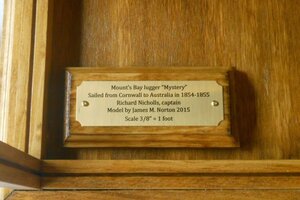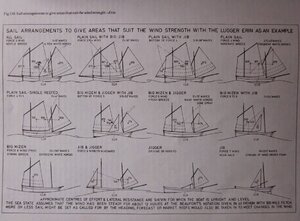In 1854, the Cornish lugger Mystery from Mount’s Bay in Cornwall left for Australia, with a crew of seven men. One hundred and fifteen days later, the lugger, which had never before been out of the sight of land, arrived in Melbourne after a relatively uneventful trip. I was asked to create a model of the Mystery by a longtime friend whose mother, an Australian native, was a distant relative of the Mystery’s captain, Richard Nicholls. After much searching, I obtained a set of lugger plans from Pete Goss, an entrepreneur and explorer who had built a replica of the Mystery, named the Spirit of Mystery, in order to recreate the original voyage. Using these plans, and with much help from the British National Maritime Museum, I was able to build a reasonably accurate model of this boat as it was at the time of its departure. The captain had added a deck and zinc plate sheathing to protect the boat and crew during the voyage, and I included these modifications in the model. The model is now in the private collection of my friend. The figure at the tiller is Captain Nicholls and the pensive, white-haired figure at the bow represents my father, whose likeness is on many of my models.
James
Maine
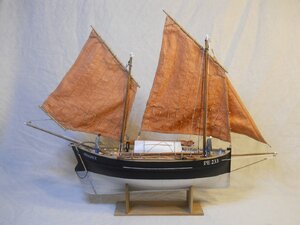
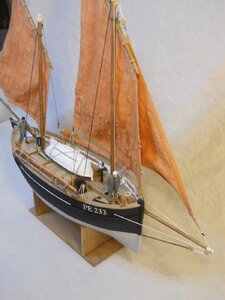
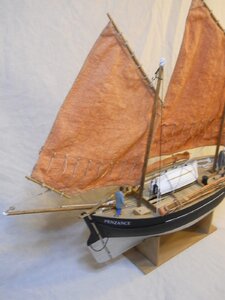
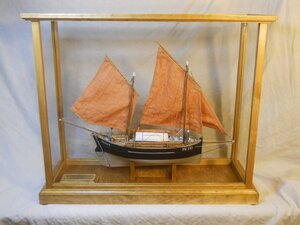
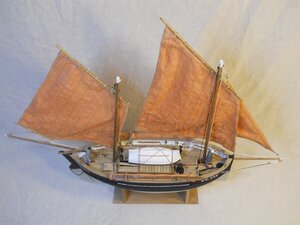
James
Maine





Last edited:






